The Psychology of Centering Prayer in Centering Prayer and Inner Awakening by Cynthia Bourgeault
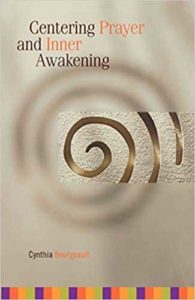 This month in our Foundational Book Group Series, we are reading Part III, The Psychology of Centering Prayer in Centering Prayer and Inner Awakening by Cynthia Bourgeault. In this short section, Cynthia takes us through a brief history of the practice, exploring Centering Prayer as not only a devotional method but also a deep purification process for the unconscious psycho- spiritual detritus of a lifetime (or longer!).
This month in our Foundational Book Group Series, we are reading Part III, The Psychology of Centering Prayer in Centering Prayer and Inner Awakening by Cynthia Bourgeault. In this short section, Cynthia takes us through a brief history of the practice, exploring Centering Prayer as not only a devotional method but also a deep purification process for the unconscious psycho- spiritual detritus of a lifetime (or longer!).
Centering Prayer as divine therapy, and God as the divine therapist, is the imagery Thomas Keating chose for describing this process of dismantling the wounded false self and its emotional programs for happiness. Our true self in transforming union is underneath all these protective, needy behaviors. As Keating describes it, through the gentle method of two 20- minute prayer periods a day, the wounds of our lives gradually surface and are released in prayer. They are simply and remarkably let go. Cynthia goes on to describe several of the “sand traps” she observes in the process.
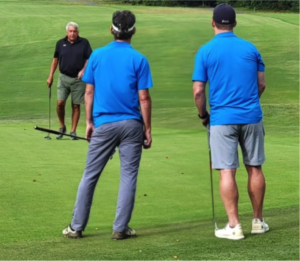
Healing the ego or transcending it?
Fr Thomas teaches that Centering Prayer is primarily a catalyst for the purification and healing of the unconscious. And yet, Cynthia says, at some point we may run the risk of divine therapy becoming just plain old therapy (not that there is anything wrong with plain old therapy!). Wellness is not equivalent to grace beyond grace.
Cynthia reminds us that the healing of emotional wounds in and of themselves does not lead to ego transcendence. Healthy or not, the ego is still the ego. Even if we recognize and address the afflictive emotional and mental patterns, most of us are still addicted to the pleasurable ones! We are called to shift to a deeper, more unboundaried consciousness, that stable witnessing presence.
How do we humans make that shift here on the planet? I wonder if it is a combination of desire, willingness and capacity that propels us? This desire to know with more of our being, a willingness to stand stable and flexible in the wind, a capacity to bear the blinding beams of love, a little more, a little more — these really are at the heart of the wisdom journey.
I hear one of my healing teachers saying we need “self-compassion without self-indulgence”. That means, do your practice, even if your whiny self is tired, your rebel self wants to go for a run instead, your cranky self wants to watch tv and your brilliant self wants to write about Centering Prayer rather than sit down and do it. This helps me to see it this way.
Trusting in the goodness
“God saw all that he had made and it was good.” (Genesis 1:31) Most, if not all, the creation stories have this basic goodness built right in to them. Cynthia says our true self comes into being as a kind of sacred alchemy, in part through the conscious acceptance and integration of our shadow side. Our species’ propensity for violence may seem unstoppable, but what if we view that propensity as our raw material for transformation, rather than a pathology?
Many of us know that a period of sustained sitting often brings up a “patch of pain” and, with it, emotional turmoil. I know the familiar sensations I get. And with patience and trust and a little bit of humor….
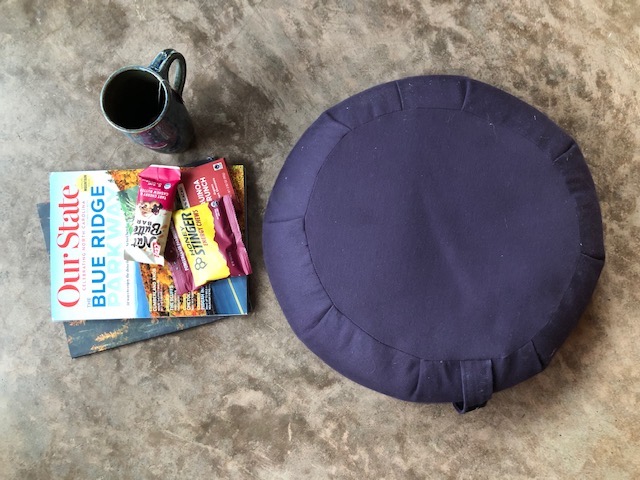
….one day we may sense a little bit of our woundedness coexisting with a little bit of our holiness. And we keep going. I can see this in my life — can you see it in yours? Cynthia gives an example from her teacher Raphael’s life:
‘But his yearning for complete unification in Christ was so powerful that it propelled him along the path, far more powerfully than if his psychological world had been more comfortable.
Toward the end of his life, his biggest surprise was not that he had transcended his humanity but that he could finally accept it!” (P 107)
Oh that resonates!
We are trained in our culture to search for the ascent, the up-and-out, but it is the descent as well, hand in hand, that is necessary for this journey. The goodness is throughout, in the alchemy. Cynthia’s metaphor is the candle: we only know the candle’s true essence when wick and tallow burn and there is flame.
When I was a child, one of my beloved aunts had these candles that sat on the mantle, and year after year they were there.
Year after year.
I asked her one day if we could light them, and she said,
No, they are for decoration only.
And I remember thinking,
well, why not use something else for decoration, and let the candle be a candle.
It was one of those confusing moments of childhood.
From Healing to Holiness
Chapter 10 is called from Healing to Holiness. What if the desire to be healed is holy? I am wondering if part of the cure for too much focus on our individual emotional-mental- spiritual healing is to go deeper: to expand our understanding of healing to include newer areas of body-based study such as Somatics, Polyvagal theory and practice, Epigenetics, Ancestral healing, and more. This expansion is really a descent, into the more dense realm of the physical body, into the Earth to which we are inextricably bound as breathing creatures, into our history as humans. Postures and gestures hold knowing beyond words. Healing is relational. It crosses timelines. We can’t talk our way out of what our body knows. Maybe we haven’t gotten to the wisdom of our body resonance. This is still a mystery. Just like salvation, healing is not individual. Perhaps it is turning out that what Thich Nhat Hanh said is true: the healing of ourselves is the healing of the whole world.
And aren’t those interesting words: healing and curing. Do they mean the same thing? To be cured means you don’t have the condition anymore. To be healed is more subtle, more inclusive. I may not be cured of my condition but I can be healed. Maybe the healing is in the capacity to bear the condition, even with and especially with our brokenness.
Not everything has to be processed
“Not everything has to be processed, some things can just be let go” Father Thomas said in a Centering Prayer workshop in Vancouver BC I attended back in the early 2000s. With that characteristic twinkle in his eye, and the gentle humor Cynthia references, he continued to say that one may find something that one needs to process with a therapist, but much of the detritus can simply be let go. We don’t have to go through the whole bag of compost apple core by egg shell by wilted kale by bone.
It’s true, sometimes I let my kale wilt.
And yes, we have commercial composting where I live. They take bones and eggshells.
A few wisdom friends and I sat with some of Joy Harjo’s work the other day. (Look her up.) In her poetry, music and presence, she reminds us to think of our children, grandchildren and great grandchildren. They are where we are going. ALL the teachings wind up at a point of harmony, and everything will be reckoned with.
To me, this comes right back to Centering Prayer as an invitation to trust (like we trust a long- time therapist, or our favorite tree, or a dear heart-friend, or a heart-group) : to trust Centering Prayer, to trust the process, to trust a commitment to the method over a long time, to trust in the Mercy of God.
With blessings and love, I offer these words and resonance from my heart to your heart.
To read more about Elizabeth Combs, click here: /resources/elizabeth-combs/
To read the earlier posts in this series
Part I: /2023/08/centering-prayer-and-inner-awakening-book-circle-part-i/
Part II: /2023/09/centering-prayer-and-inner-awakening-book-circle-part-ii-2/


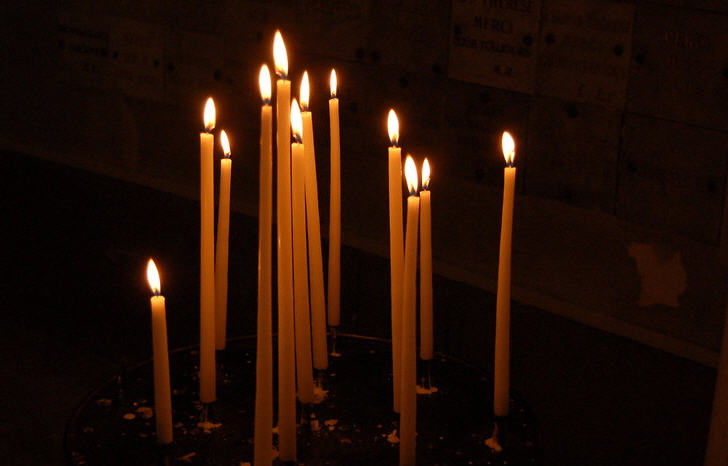
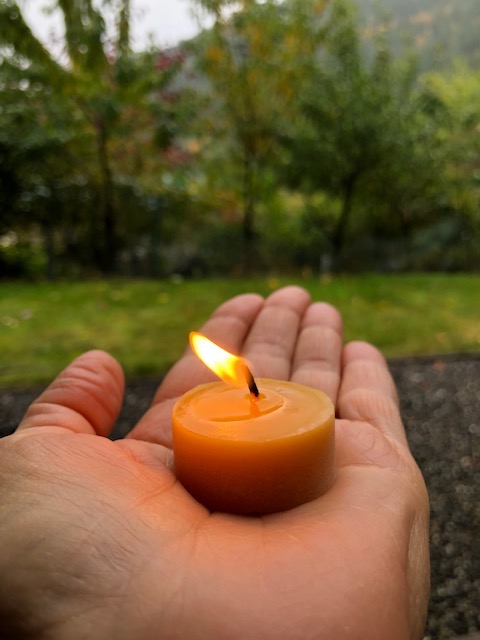
Elizabeth,
‘But his yearning for complete unification in Christ was so powerful that it propelled him along the path, far more powerfully than if his psychological world had been more comfortable.
Toward the end of his life, his biggest surprise was not that he had transcended his humanity but that he could finally accept it!†(P 107)
Oh that resonates!
Yes indeed, it certainly did for me also.
Beautiful sharing. Thank you.